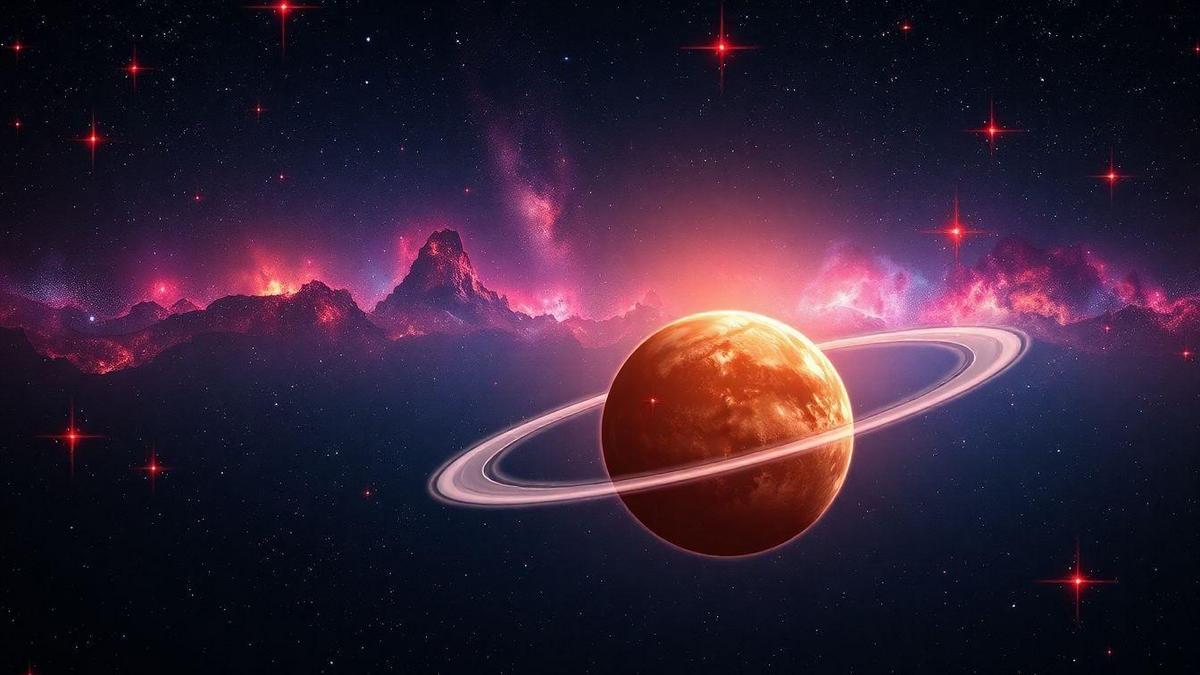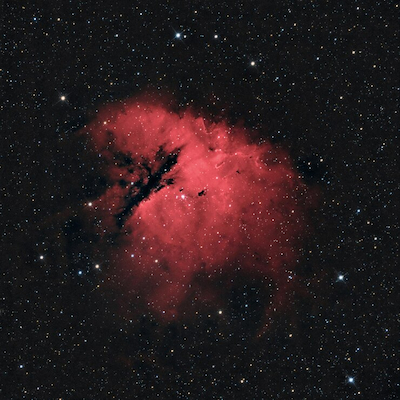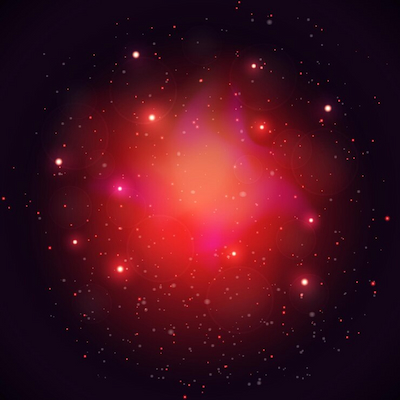
Photosynthesis is a fundamental biological process that allows the conversion of sunlight into chemical energy, essential for life on Earth. However, when we talk about red dwarf stars, the concept of photosynthesis takes on a new dimension. These stars, the most common in the universe, have unique characteristics that influence the possibility of life in their planetary systems. Understanding photosynthesis in red dwarf stars is crucial to astrobiology, as it may help us identify environments where life could thrive beyond our planet.
Red dwarf stars are smaller and cooler than stars like our Sun, meaning their planets need to be closer to receive enough light and heat. This proximity brings challenges but also opportunities for life, especially regarding the process of photosynthesis. Studying photosynthesis in red dwarf stars could reveal new forms of life and new ways of understanding biology as a whole.
How Red Dwarf Stars and Their Photosynthesis Work
Red dwarf stars function through nuclear reactions in their cores. They fuse hydrogen into helium—a process that releases a significant amount of energy. However, this fusion is much slower than in larger stars, resulting in a lifespan that can last trillions of years. This long duration is important, as it allows planetary systems to develop over extended periods, increasing the chances for life to emerge.
Photosynthesis, as we know it, depends on light sources and an atmosphere that can support chemical reactions. On planets orbiting red dwarf stars, the light received is dimmer and often redder. This means that organisms performing photosynthesis on these planets may need specific adaptations to use that light effectively. Research suggests that chlorophyll—the pigment responsible for light absorption in Earth plants—could be replaced by other molecules more efficient at capturing red light.
In addition, the proximity of planets to their stars can lead to a phenomenon known as tidal locking, where one side of the planet always faces the star. This creates habitable zones in specific regions, where temperatures are milder and light is more abundant. Photosynthesis could thus occur in areas with higher light intensity, while other parts of the planet may be inhospitable. This dynamic presents a fascinating scenario for the evolution of life forms adapted to these conditions.
Lastly, a planet’s atmosphere also plays a crucial role in photosynthesis. On planets orbiting red dwarf stars, atmospheric composition may differ from Earth’s, influencing how light is filtered and how water and other essential elements are available. Therefore, the interaction between the star’s light, the atmosphere, and the organisms performing photosynthesis is complex and deserves further study to truly understand how life could exist in these worlds.

Advantages of Photosynthesis in Red Dwarf Stars
One of the main advantages of photosynthesis in red dwarf stars is environmental stability. Since these stars have such long lifespans, the planets orbiting them can have enough time to develop complex ecosystems. This contrasts with larger stars, which burn through their fuel quickly and therefore offer less time for life to evolve. The stability of environmental conditions can favor adaptation and species diversification.
Moreover, the light emitted by red dwarf stars is more constant and less prone to extreme fluctuations. This means photosynthetic organisms could evolve to harness that light more efficiently. Adapting to a weaker light source may lead to the development of alternative pigments that absorb light more effectively, allowing these organisms to thrive in conditions where life would be impossible on planets around hotter stars.
Another advantage is the potential presence of liquid water on planets orbiting red dwarf stars. The habitable zone—where conditions are right for water to exist—can be broader around these stars. This increases the likelihood that planets in their orbit have surfaces suitable for life, where photosynthesis could occur. Water is essential for photosynthesis and is a key indicator that life may exist.
Lastly, the diversity of environments that may arise on planets orbiting red dwarf stars is a positive point. Variations in light intensity and atmospheric conditions can create unique ecological niches. These varied environments could lead to the emergence of different life forms, each adapted to specific conditions, increasing biodiversity and ecosystem complexity.
How Photosynthesis in Red Dwarf Stars Can Sustain Life
Photosynthesis around red dwarf stars may be a crucial factor for sustaining life on exoplanets. First, the presence of sufficient light for photosynthesis is essential for energy production. On planets orbiting these stars, red light is most abundant, and photosynthetic organisms could develop adaptations to use this light efficiently—such as evolving specific pigments that maximize absorption.
Second, water—a vital component for photosynthesis—can exist in liquid form on planets located in the habitable zone of red dwarf stars. The presence of water is not only fundamental for photosynthesis but also for maintaining life as we know it. The combination of water and adequate light creates an environment conducive to the emergence of life forms that rely on photosynthesis for survival.
In addition, the stability of red dwarf stars can provide a safer environment for life. With extremely long lifespans, planets have more time to evolve and develop complex ecosystems. The lack of large environmental fluctuations allows species to adapt and thrive over millions of years.
Finally, the diversity of environments that may form on planets orbiting red dwarf stars can lead to a variety of ecological niches. This not only increases biodiversity but also creates complex ecological interactions that support life. Photosynthesis is not an isolated process but part of a complex network that can sustain life at multiple levels.
Challenges of Photosynthesis on Planets Orbiting Red Dwarfs
While red dwarf stars offer long-term stability and potential habitability, they also pose unique challenges for photosynthesis. One of the main issues is the lower light intensity and red-shifted spectrum emitted by these stars. This means that traditional Earth-like photosynthesis, which relies heavily on visible light, might not work as efficiently. Organisms would need to evolve alternative pigments—perhaps more efficient than chlorophyll—to capture and convert this dim red light into usable energy.
Another challenge is stellar activity. Despite being cooler, many red dwarfs are prone to powerful solar flares, which can emit bursts of radiation capable of damaging planetary atmospheres or disrupting potential biospheres. Life would need to develop protective strategies, such as underground habitats or UV-resistant biological structures, to survive in such volatile environments.
Additionally, tidal locking is common for planets in close orbits around red dwarfs. This can result in one side of the planet being in perpetual daylight while the other remains in darkness. Such conditions may lead to extreme temperature gradients and complex climate dynamics, further complicating the development of stable, photosynthesis-driven ecosystems.
Despite these hurdles, the adaptability of life on Earth suggests that if life can arise around red dwarfs, it may look very different from what we know—but it could still thrive in its own unique way.

Did You Enjoy Learning About Photosynthesis Around Red Dwarf Stars?
Photosynthesis in red dwarf stars is a fascinating field that makes us rethink what we know about life in the universe. The possibility that life forms may exist in such different environments from our own is an exciting prospect that opens new frontiers in astrobiology. Research in this area can help us better understand how life adapts and evolves under extreme conditions.
If you found this topic interesting, keep exploring the universe of astrobiology and the potential for life on other planets. Science is constantly advancing, and new discoveries can surprise us every day. Who knows what more we can learn about life among the stars?
Frequently Asked Questions
What is photosynthesis in red dwarf stars?
Photosynthesis in red dwarf stars refers to how these stars produce energy. They use nuclear reactions to convert hydrogen into helium.
Are red dwarf stars important for life?
Yes, they are! Red dwarf stars can have planets around them, and these planets might have the right conditions to support life.
How long do red dwarf stars live?
They live for a very, very long time—up to trillions of years. That’s much longer than larger stars.
Does photosynthesis in red dwarf stars affect other planets?
Yes, it does! Nearby planets receive light and heat, which can help maintain liquid water.
Can we see red dwarf stars from Earth?
Yes, you can! Many are very dim, but some are visible. Use a telescope to find them more easily.

